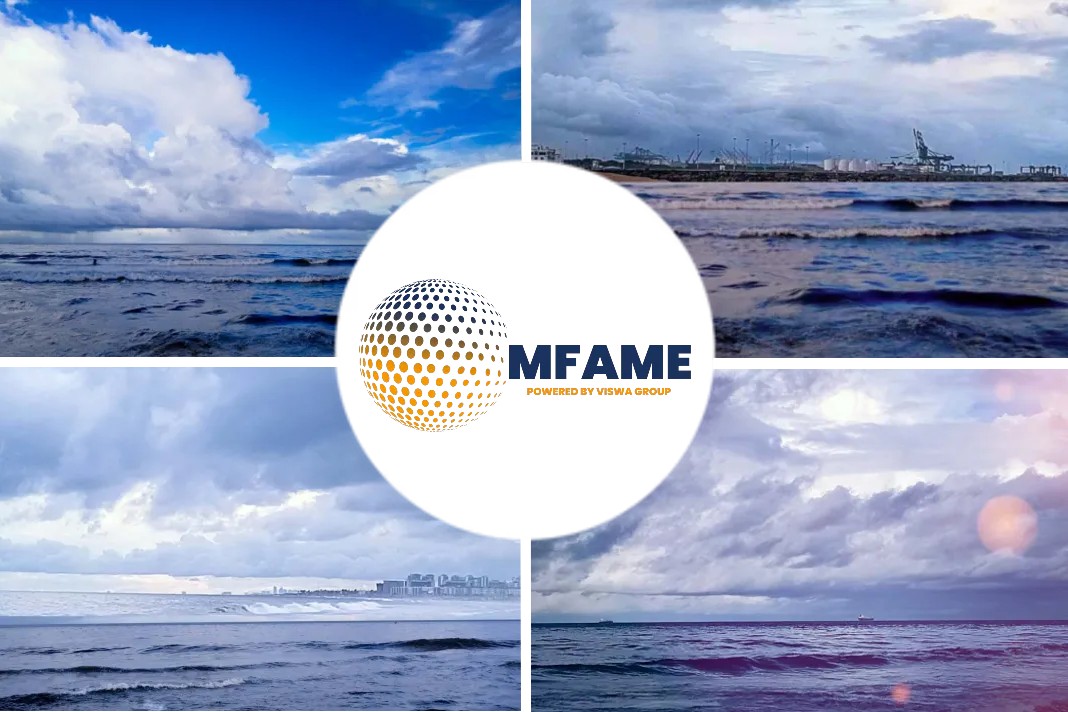It wasn’t just container shipping that raked in the cash last year. Dry bulk shipping enjoyed its best year in a decade. This year is different.
Container shipping spot rates have fallen, but contract rates are up, supporting average rates. Ongoing port congestion is still tying up container ships and partially offsetting a pullback in cargo demand. Container lines will earn even more in 2022 than 2021.
Not so in dry bulk. Spot rates have nosedived and bulker owners are far more exposed to spot pricing than container lines. Dry bulk congestion has cleared, releasing significant capacity into the market. Dry bulker owners may be back in the red by year-end.
China appears to be the culprit for much of dry bulk’s reversal, particularly for larger bulkers known as Capesizes (vessels with capacity of around 180,000 deadweight tons or DWT) that heavily rely on Chinese imports of iron ore and coal.
“The Cape market continues to be as appetizing as a bucket of prawns on a hot day,” wrote brokerage FIS on Tuesday. “Although the index decline slowed today, it was mainly due to the fact that we can’t actually fall much further as we rapidly approach the Earth’s core.”
Rates for sub-Capesize bulkers known as Panamaxes (65,000-90,000 DWT) and Supramaxes (45,000-60,000 DWT) — which carry a wide variety of cargo, are less dependent on China and have rates more in line with global GDP moves — are also sinking.
Sentiment is ‘worst it has been in many years’
In October, average Capesize rates topped $80,000 per day and some individual ships earned over $100,000 per day. As of Tuesday, the Baltic Capesize index assessed rates at just $8,783 per day. That’s not only well below all-in cash breakeven, which includes financing costs, it’s below operating expenses (crewing, stores, etc.)
Freight futures are also falling. Brokerage SSY reported that calendar year 2023 Capesize forward freight agreements were offered Tuesday at $14,900 per day and 2024 contracts at $14,750 per day.
According to Breakwave Advisors, founder of the Breakwave Dry Bulk Shipping ETF (NYSE: BDRY), “Freight futures, especially ones maturing beyond next month, are purely driven by expectations. Earlier this year, memories of last year’s $100,000 day rates increased hopes of a repeat, driving futures to unexplainably frothy levels that have now retracted back to reality.
“The ongoing spot market collapse is having a detrimental impact on traders’ sentiment [and is creating] very steep losses on numerous freight books.
“The weak spot market reflects China’s ongoing recession in the real estate sector … [which is] very crucial for shipping,” said Breakwave. “That is something that should have been easily identifiable months ago. But it wasn’t, as traders were blinded by vivid memories of the past. Currently, sentiment is the worst it has been in many years.”
Chinese stimulus to the rescue?
Chinese steel production — which supports iron ore and coal imports — fell to 907 million tons in July, down 6% from June, according to the World Steel Association.
The hope in dry bulk shipping circles is that China will unveil a major stimulus plan in the second half to offset economic hits from lockdowns and the real estate crisis.
“Our view is that absent a historic collapse of the Chinese economy, upcoming stimulus efforts will provide the catalyst for major restocking of iron ore, and thus, a swift jump in dry bulk demand,” said Breakwave.
The counterargument: According to a report in the Australian Financial Review, Morgan Stanley believes China is hesitant to deploy major levels of stimulus; that even if it does, there would be a six-month lag until it shows up materially in commodities markets; and that Chinese domestic iron ore stockpiles are currently high.
Rates for medium and smaller bulkers also falling
During parts of the 2021 dry bulk rally, as well as this year, smaller bulkers outperformed larger ones. Smaller vessels are still outperforming Capesizes but at lower rate levels; the sub-Cape vessel classes are pulling back too.
According to Clarksons Securities, average spot rates for Supramaxes were the equivalent of $17,700 per day on Tuesday. Supramaxes earned almost twice that in March.
Dry bulk stocks head south
U.S.-listed dry bulk stocks performed exceptionally well in 2021, racking up triple-digit gains. They continued their ascent in the first five months of the year, despite the negative news on the Chinese economy due to COVID-19 lockdowns and that country’s real estate crisis.
However, since the beginning of June, dry bulk stocks have taken a downward turn, in line with trends in rates and freight futures. Star Bulk (NASDAQ: SBLK) — whose ships earn more because of their exhaust gas scrubbers — is down 22%, Safe Bulkers is down (NYSE: SB) 23%, Grindrod (NASDAQ: GRIN) 26%, Golden Ocean (NASDAQ: GOGL) 30%, Eagle Bulk (NASDAQ: EGLE) 32% and Genco Shipping & Trading (NYSE: GNK) — which has heavy Capesize exposure — 38%.
Did you subscribe to our daily newsletter?
It’s Free! Click here to Subscribe!
Source: Freightwaves
















